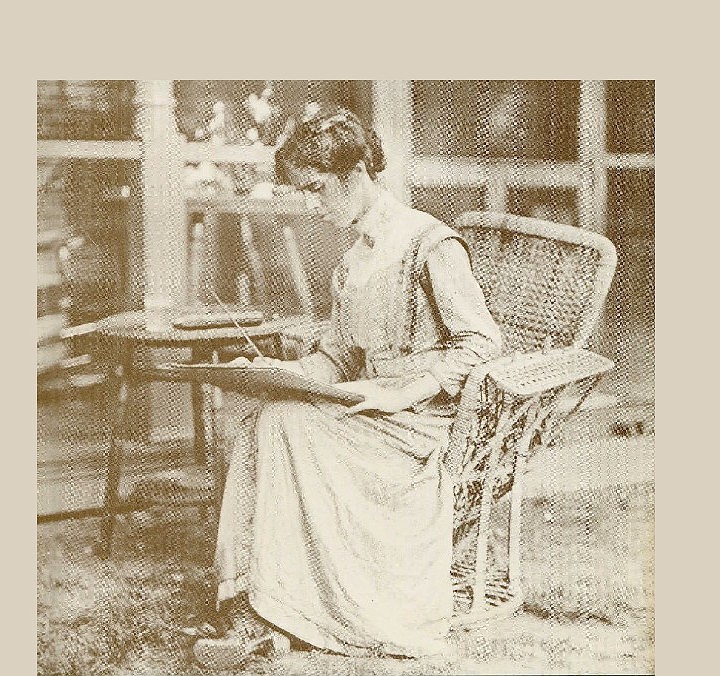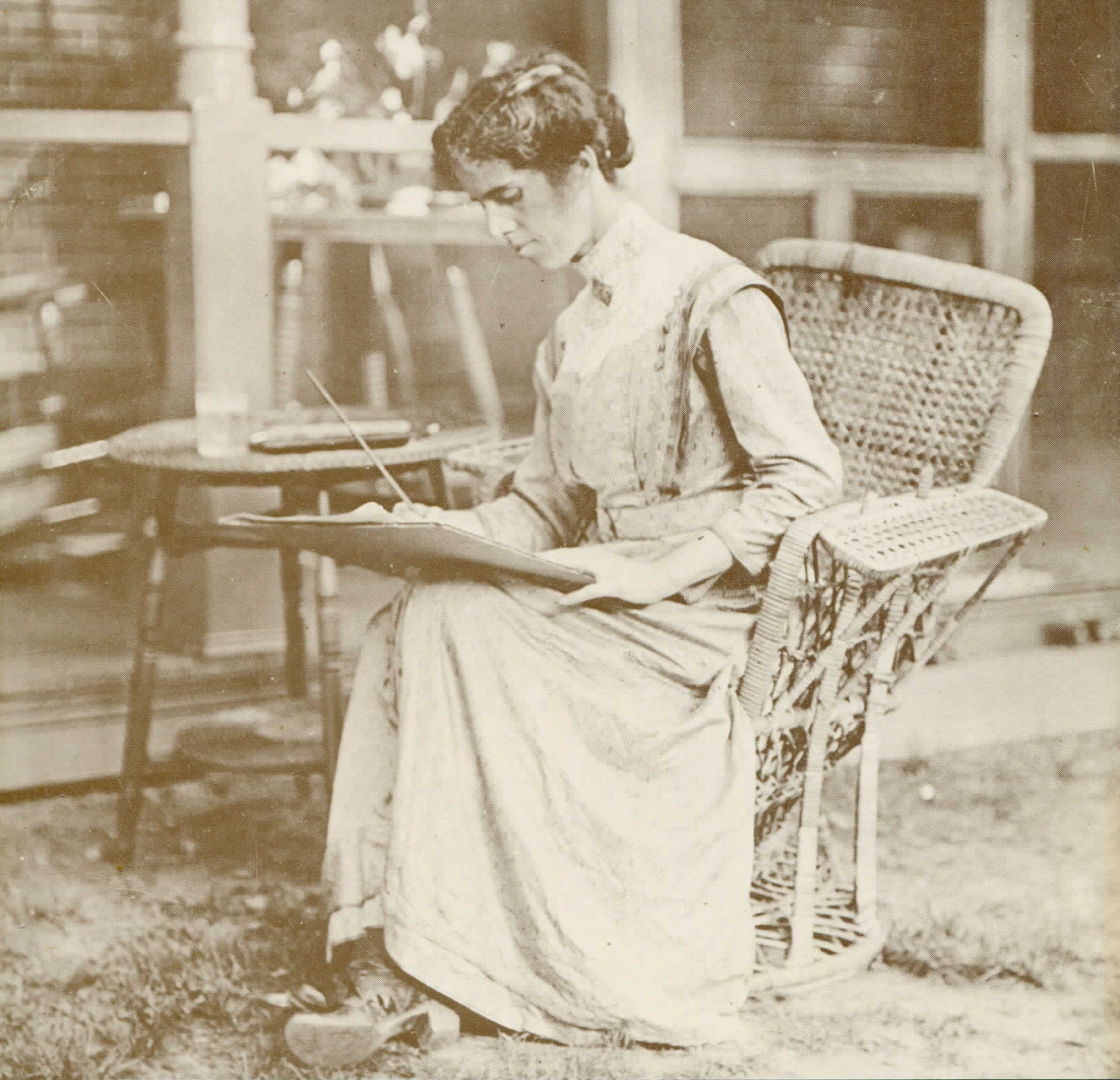A popular summer destination for Chattanoogans at the turn of the 20th century was Walden's Ridge, where the townspeople first camped out and later built cabins in the Summertown community around Mabbit Springs, now part of the town of Walden.
Others clustered around Fairmount Springs, where a hotel took in boarders. Later, summer visitors enjoyed more luxurious surroundings at the Signal Mountain Inn, constructed by entrepreneur Charlie James, in what became the town of Signal Mountain.
In the 1830s and 1840s Walden's Ridge was settled by hardy pioneers who hunted, ran cattle, raised a few crops and made excellent whiskey, generally ignoring the progress of civilization in the town below.
Their interaction with the townspeople began when the yellow fever epidemic of 1878 brought panicked Chattanoogans to the mountain, where they clustered in Summertown. Z. Cartter Patten, in his classic "Signal Mountain and Walden's Ridge" in 1962, wrote that these citizens who came as refugees "returned because they had found peace, quiet, simplicity, and above all, great natural beauty."
That natural beauty was immortalized in oil paintings, watercolors and pastels by Emma Bell Miles, who was 11 when she and her schoolteacher parents moved to the mountain in 1891. During a childhood spent on the banks of the Ohio River near Cincinnati, she had begun to show promise as an artist and naturalist.
Later she studied for two years at the St. Louis School of Art before returning to Walden's Ridge to marry Frank Miles, a mountain man who drove the hack up the "W" Road to Walden's Ridge. As his wife, she became part of the mountain culture, which she described in "The Spirit of the Mountains" in 1905. She feared the onslaught of civilization, describing a scenario where "One day a hotel is built, a summer settlement begun" with resulting corruption as mountain people became dependent on a monied economy. She could not have foreseen how quickly the process would unfold on Walden's Ridge.
The town of Signal Mountain was the creation of Charles E. James, whom Z. Cartter Patten described as Chattanooga's all-time leading promoter and builder.
James got into coal mining and railroads, established a brokerage firm in New York, arranged for the financing of the Hales Bar Dam, and built the James Building. He purchased 4,400 acres in the vicinity of Signal Point, wilderness land comprising the original corporate limits of the town of Signal Mountain.
In 1912, he revived an ambitious plan to develop that property around a hotel or clubhouse that would be accessed by a 12-mile electric streetcar track from Chattanooga. So much pine lumber was taken off his land for construction of the hotel and adjacent cottages that he also built 10 to 15 year-round homes, taking one of these for his own residence.
All was completed by mid-summer of 1913. His son, George M. James boasted his father had "within a period of 10 years changed the wildest and supposedly most rugged mountain terrain of Walden's Ridge to Signal Mountain."
By January 1916, Emma Bell Miles was commuting to Chattanooga on the streetcar line that provided access to the new town. She and Frank were living in a little shack he had rented near the carline stop of Hollywood Station, near today's Pastaria Restaurant.
She accepted an invitation to become director of a new Bird Lovers Club organized by wealthy people who owned cottages around the Signal Mountain Inn. On Feb. 14, she led club members on a walk from the Inn to Rainbow Falls. Undeterred by ice and a cold wind, they made a little fire in the shelter of a rock and spotted bluebirds, a nuthatch, a yellow hammer and several red-headed woodpeckers.
Afflicted by tuberculosis, she spent her last two-and-a-half years at the Pine Breeze Sanitorium in North Chattanooga. She died in March 1919.
A bronze plaque in James Park at the top of Signal Mountain commemorates Charlie James. Another sort of monument, 29.5 acres donated by the Patten family, preserves the Shoal Creek ravine where Emma Bell Miles lay on the rocks to study her beloved birds.
Kay Baker Gaston is a biographer of Emma Bell Miles. For more, visit Chattahistoricalassoc.org or call Lavonne Jolley 423-886-2090.

